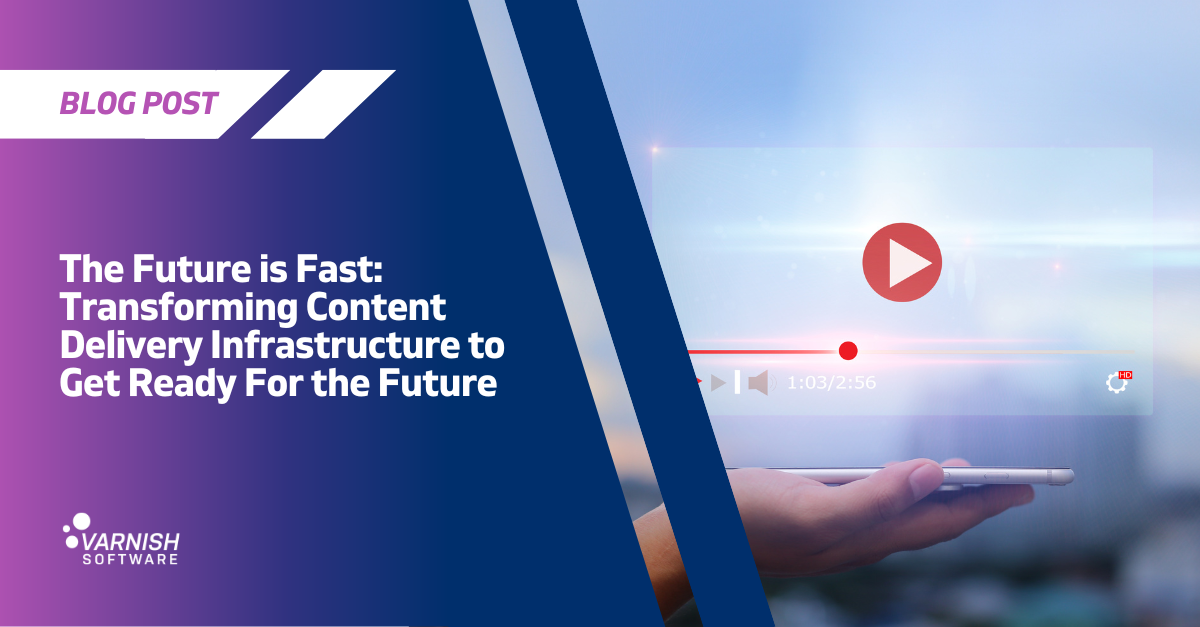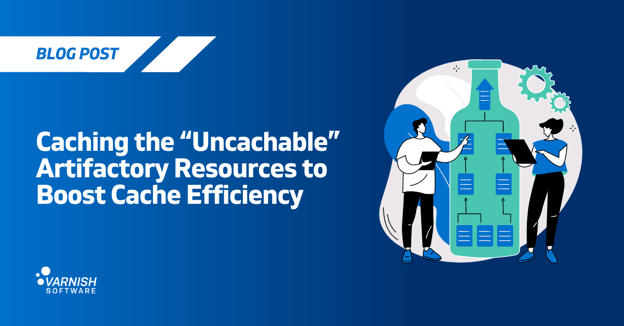The move from legacy distribution methods towards an all-IP streaming business model is top of mind for broadcasters, telcos and service providers. Across the industry, plans are afoot to phase out linear technologies and build infrastructure and platforms around future-proof IP-based technologies. Broadcasters are looking to move from cable and satellite to internet-based delivery. Telcos see an opportunity to bring content delivery in-house on their own network, for an expanded service offering and reduced reliance on using external CDNs for streaming.
Streaming consumption will undoubtedly increase as both digital-only homes and broadband penetration continue to rise. Combine this with a need to handle higher bitrates and more streaming use cases and you have a technical challenge on your hands:
How do you successfully transform your networks into OTT-based streaming platforms, and deliver more content with lower hardware and distribution costs?
In a crowded televisual and telecommunications environment, competitive pressures should work as they should and ultimately deliver a better service for consumers, while enabling broadcasters and service providers to cut costs and find efficiencies.
Where to start?
What are the first things to consider after deciding to migrate to an OTT streaming business model or bring streaming delivery in house?
- Choose infrastructure and decide on the platform, architecture and hardware you will use. If you own network infrastructure already, this may be straightforward, but there is much to consider in terms of efficient resource usage, any hardware spend, and so on. Any hardware investment will need to be future-proof, both cost and performance-wise, which involves the next point of consideration.
- Scale and size hardware to match traffic needs. With consistently growing streaming consumption and higher video bitrates, will your hardware reliably handle peak traffic loads for the next 3 - 5 years? Are you able to get more from existing infrastructure to delay hardware replacement and ensuing costs? If traffic goes up, how do costs change?
- Configure caching and features. One of the benefits of building an in-house streaming platform is the fact it is dedicated to your traffic. There is no service sharing, so it’s much easier to optimize completely for specific purposes. This extends to security too, with greater capabilities for protecting network traffic and critical infrastructure.
- Decide on CDN control plane. Overall performance and cost of an in-house CDN relies on optimal use of resources. A control plane and traffic steering solution can balance traffic for resilience and QoE, but also for easier management of capacity needs and more efficient distribution. The right control plane will make operations much less complex while allowing more flexibility, efficiency and predictability.
- Test and deploy. How does the system cope in testing? Is there high performance under pressure or does throughput dip as connections increase?
Telcos: Bringing Content Delivery in House
In a business with fine margins and heavy competition, it is inefficient and expensive for telcos to rely on external CDNs for content delivery when they own their own network infrastructure. Bringing streaming delivery in-house capitalizes on the telecom operator’s greatest benefit: they have the network capacity already. It also enables a triple-play service offering, enticing consumers with a combined broadband, mobile and TV option that supports both VOD and live streaming. It’s a way to monetize existing infrastructure, and also, with effective use of the network edge, offer exciting, emerging video use cases and increase revenue.
Take Tele2, the Swedish telecommunications operator, for example. They wanted to replace legacy technology, in this case 500,000 set-top boxes, with a streaming TV service that was easy to manage, cost-effective and able to provide exceptional customer experiences at scale. Looking for an alternative to external CDN services, they used Varnish Enterprise software to create their own flexible CDN, and for a fixed cost, gained a tailored content delivery service that they could keep under one roof. As pure HTTP, software-defined video streaming CDN that came with load-balancing capabilities, cache replication and traffic routing, the Varnish solution unlocked:
- Cost Reduction keeping tailored content delivery in-house at fixed cost
- More Efficiency ensuring spare capacity with better use of existing servers
- Greater Redundancy with solution for balancing traffic and ensuring uptime
- Less complexity with one solution for managing delivery, capacity and traffic
Broadcasters: Cord-cutting and going all-in on streaming
Increasingly, viewers are ending subscriptions to cable and satellite television services in favor of various kinds of IPTV or OTT streaming services. Broadcasters too are looking to move their networks in this direction, to drop the costs associated with cable and satellite, gain more control over the viewing experience and offer experiences that their audience want.
Moving to an all-streaming model is an opportunity to deliver a better service while making efficiencies in how content is delivered. The challenge comes when choosing just how to make this change. Quality of Experience is non-negotiable, as is being able to support usage peaks in a cost-efficient way. Using public CDNs is an option, but one that many broadcasters find surprisingly complex and costly. A major issue is the lack of control over delivery required.
As a Senior Technology Infrastructure Engineer from RTÉ explained, “Adopting our own CDN, we gained better control over quality of streaming and quality of experience for users. That’s not to say that commercial CDNs don’t do what they are supposed to do, but integrations that should be straightforward often aren’t. Simple issues like cross-origin request sharing might break your application.”
Another priority for broadcasters should be raw hardware performance; critical for meeting peak capacity requirements at high bandwidth and user density. Getting the most out of infrastructure means less management overhead, fewer capacity bottlenecks, as well as the cost savings from lower overall hardware needs. Plus, with a multiple-PoP setup, it’s possible to tolerate a larger failure and still deliver demand at peak, even if some PoPs fail.
Content Delivery Software for Building Transformational Streaming Services
Varnish Enterprise is the only content delivery software that meets the challenge of this new broadcast paradigm, and enables the building of future-proofed streaming services that match and anticipate customer needs. Varnish makes it possible to build services that scale up and deliver exceptional quality of service with no doubts about capacity, speed and performance of resources. The ability to get the most bandwidth out of hardware investments and balance traffic seamlessly means meeting capacity needs at all times, with better infrastructure provisioning, robust failover and lower management overheads.
Varnish Controller and Traffic Router - Varnish’s UI-based control plane and request router - have been deployed by providers like RTÉ and Tele2 to manage capacity needs and ensure quality of experience as they move to streaming-first models. After announcing record breaking streaming throughput in early 2023, Varnish Software continues to add new capabilities to its content delivery software to help broadcasters migrate to all-IP business models and build highly performant, scalable delivery platforms that thrive in demanding environments.
All the best broadcasters and telcos are using Varnish to ensure long-term streaming success. Talk to one of our technical experts and find out why.
/VS-logo-2020-197x60.png?width=136&height=60&name=VS-logo-2020-197x60.png)




